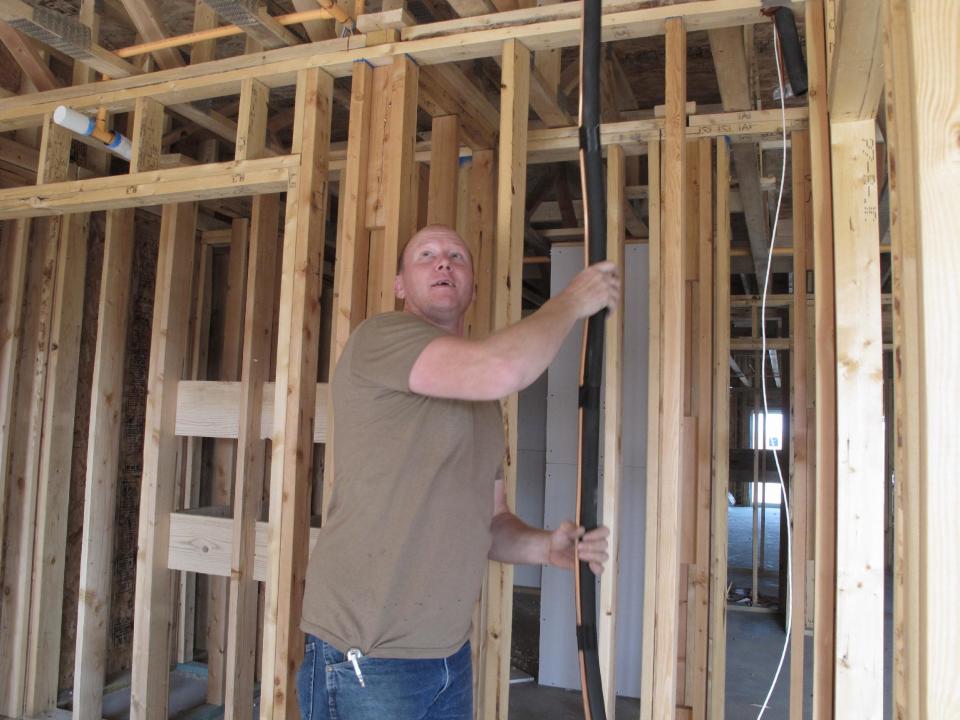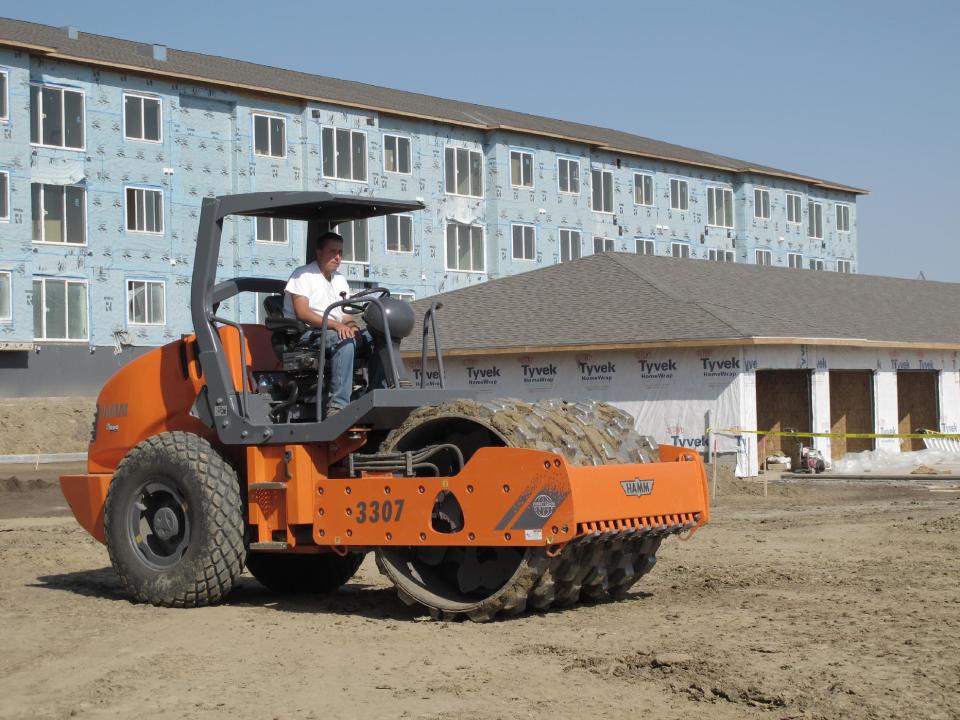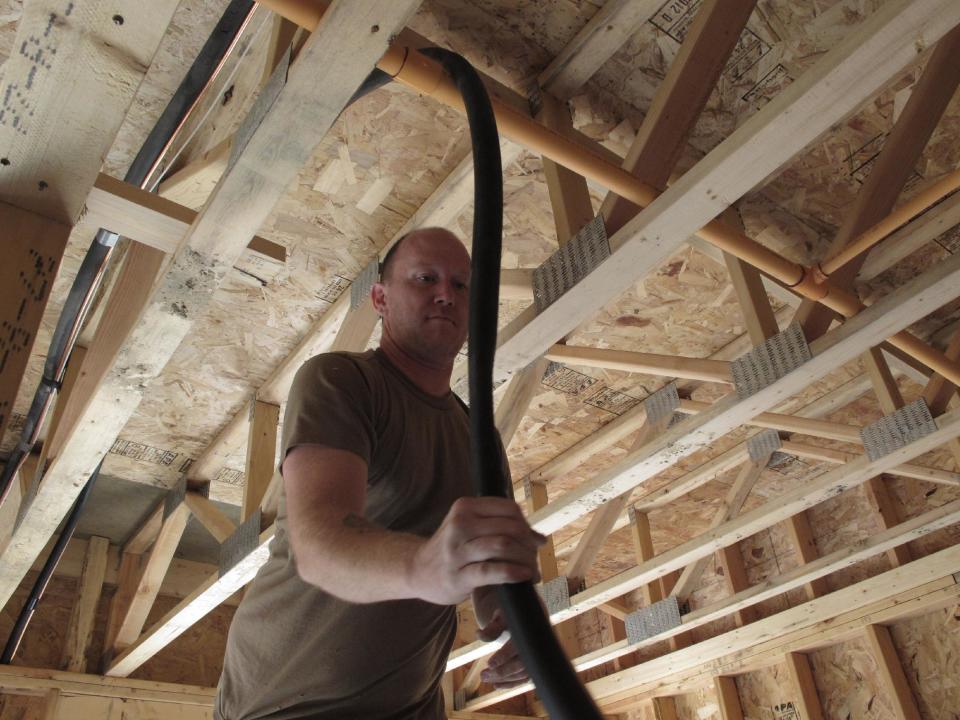ND gov. outlines housing plan to deal with growth
BISMARCK, N.D. (AP) — Responding to a new prediction that North Dakota's population will jump 25 percent by 2025, Gov. Jack Dalrymple said Tuesday he will advocate boosting state subsidies for public works and low-income housing.
A study commissioned by the state Housing Finance Agency, presented at a conference Tuesday, forecasts that the state's population will rise to almost 842,000 people in 13 years. Statewide demand for new apartments and homes will rise by 30 percent, the study said.
Housing needs will be particularly acute in western North Dakota's oil country. The population of three counties at the heart of the state's oil development is expected to swell from the current 32,000 residents to more than 73,000, the study said.
On average, North Dakota will need to add about 6,000 more housing units — apartments and homes — each year for the next 15 years, Dalrymple said.
The agency's director, Mike Anderson said the increase is equivalent to adding the city of Grafton, which has about 4,300 people, to the state's population each year.
From 2000 until 2010, the state's housing stock grew by an average of about 2,300 homes annually, and the growth "is not expected to taper off. It is not expected to subside," Dalrymple said.
"The population projections that they're making are based on current trends, and they're statewide. They are not just in oil country," he said.
The North Dakota Legislature last year approved $15 million in state income tax credits to subsidize construction of low-income housing.
Dalrymple said Tuesday he would ask the Legislature to raise the allotment to $20 million, and to set aside $30 million from the state-owned Bank of North Dakota for affordable housing incentives.
Anderson said the increase should help boost the number of dwellings available to low-income people. Many, particularly in in the oil patch, have seen their rents rise dramatically as competition for housing intensifies.
A separate initiative that provides grants to growing counties and cities for equipment and construction of public works, such as water and sewer lines, should be increased from $135 million to $150 million, Dalrymple said.
While it might seem unremarkable elsewhere, the prospect of a rapidly growing population is novel to North Dakota. Until the recent oil boom, the state's population peaked in 1930 with 680,845 residents. A subsequent farm depression, epitomized by the Dust Bowl in the 1930s, cut the population by almost 6 percent in the next decade.
Williston Mayor Ward Koeser said the city has attempted to cope with the boom in part by establishing links with the state, other local governments, civic organizations and private companies.
"There's a wide range of numbers out there as to what's going to happen, and we need to know that as a community," Koeser said. "I think we're handling it OK."



